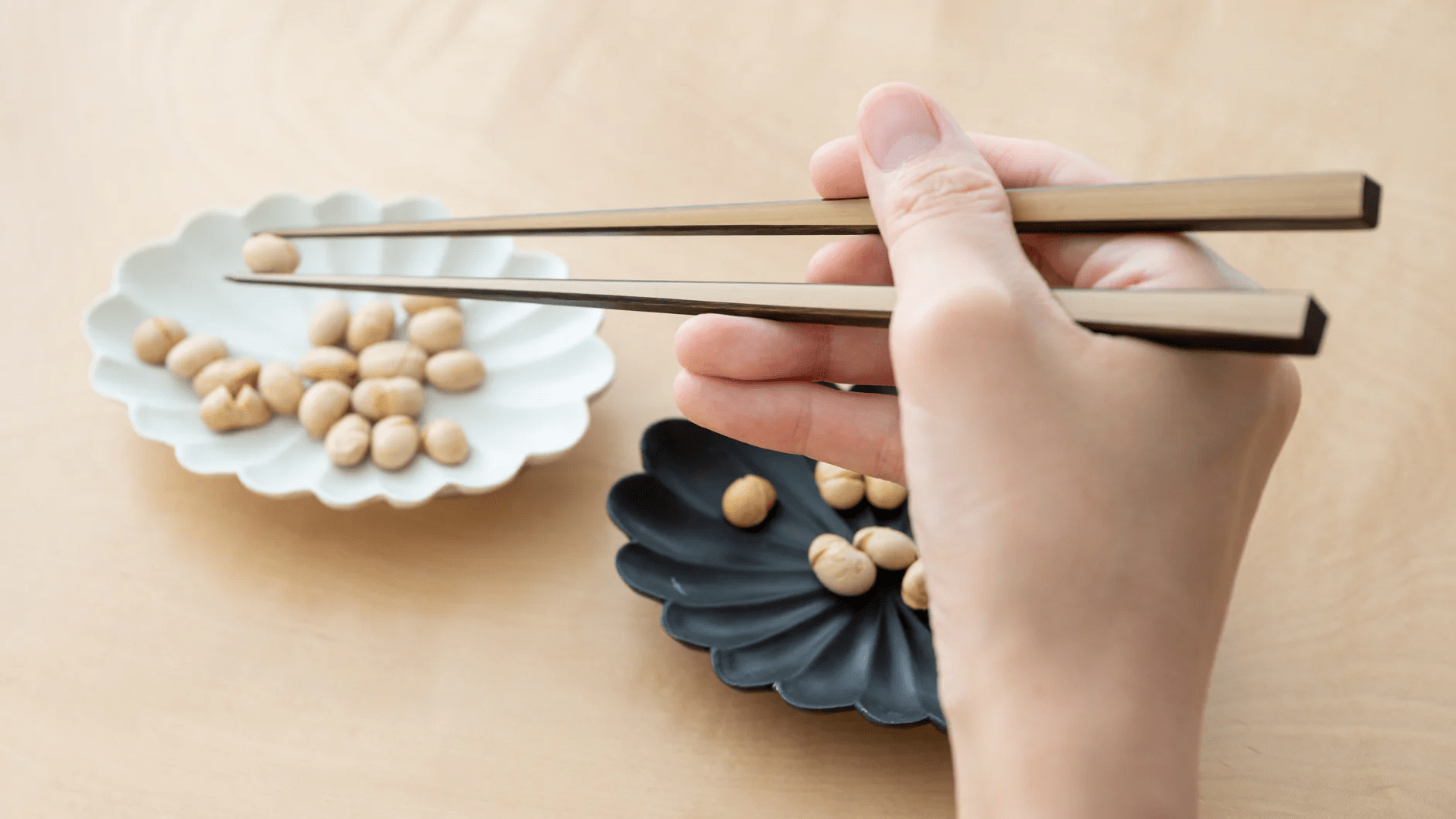
My Day at the 2023 Tableware Festival
Written by Team MUSUBI
2023 marks the 30th anniversary of the Tableware Festival, the biggest event featuring almost all items related to tableware. At the vastly large Tokyo Dome venue, along with the many booths each displaying beautifully crafted items, lectures featuring experts from a variety of areas speak on "dining spaces for hospitality" and a competition of stunning table settings elevate the exciting atmosphere of this festival.
And for the staff at MUSUBI KILN, this event has become a valuable opportunity to meet craftsmen and staff members from some of the kilns and manufacturers that provide us with their crafts and to discover new crafts and tableware items.
For the first time, I had the privilege of attending this event alongside our buyer and photographer. Here's a glimpse into what my jam-packed day looked like, which was full of admiration for the many beautifully crafted items from all parts of Japan.
tables of contents
Porcelain

As we browsed the numerous stands, our eyes were instantly drawn to the lovely porcelain items. Our first stop was at Hataman Touen, a kiln that produces exquisite Imari Nabaeshima tableware. We were particularly taken with their gorgeous sake cups which featured intricate designs in rich Nabeshima ware colors. Our buyer decided to include them as part of our store's new collection of Nabeshima ware items. Attending this sort of event is a unique opportunity to personally appreciate the quality and craftsmanship of each item on display - something that cannot be done online.



Stoneware
At Agano kiln, father and daughter work together to create wonderfully warm Agano ware items. The father adheres to traditional pottery techniques and works with various glazes while the daughter, a graduate from an art college, creates pottery with an abundance of animal-based designs. Her playful designs were a delight to see and touch.


Glassware
Next, we moved along to see glassware.
We immediately stopped to see these exquisite plates, very unique items created through the collaboration of glass with various traditional Japanese materials. These pieces are from a company named Mio in Kyoto. They create products with the cooperation of traditional Japanese craftspeople from all over Japan, integrating traditional techniques such as Kyoto's Nishijin Ori brocade, Tochigi's Washi (Japanese paper), and Shizuoka's blown glass. Mio strives to employ traditional Japanese craftsmanship to usher in new aesthetic values and deliver them to all parts of the world.


"These pieces are crafted by a division of labor system - however, this is becoming increasingly difficult because there are fewer craftsmen that create pieces using traditional techniques. Even though we strive our hardest to meet local demand, it is even more challenging when handling orders from overseas."


At the Edo Kiriko booth, we were fortunate enough to see a highly-skilled Edo Kiriko craftsman displaying his craft of delicately cutting intricate designs on glass cups.
We inquired whether it would be possible to purchase Edo Kiriko items but were told that they, too, were having difficulties meeting the demands of the market following the decrease in craftsmen. Once again, I came to realize the enormity of the task of preserving Japanese craftsmanship for generations to come. Although significantly important, it is not an easy undertaking keeping Japan's cultural heritage alive.

Lacquerware
It was getting late and with so many things to see, we had to move along to see other areas of the venue. Our next stop was the Wajima booths, the renowned home of exquisite lacquerware.
Our first Wajima lacquerware booth was Osaki Lacquerware. Established in the late Edo period, the fourth generation Osaki Shoemon continues to preserve the rich beauty of Wajima lacquerware.
We discovered new techniques of lacquerware coating and new items decorated by the 4 highly skilled craftsmen at the studio of Osaki Lacquerware. A unique feature of the items at this shop was that not only were their items exquisitely adorned, but many of the items were also very practical.
One of the staff at the booth, who was born and raised in Ishikawa Prefecture, the home to Wajima lacquerware, explained that school lunches are sometimes served in lacquerware bowls and that they had classes where students could try " Chinkin ," the technique used to decorate lacquerware coating with gold. It was so interesting to hear how traditional craftsmanship was deeply rooted into the local culture.



Wajima lacquerware is known for its robust lacquer coating and exquisite, extremely detailed beauty of its decorations. The items on display seemed like works of art you might see in a museum.

"We understand that Wajima lacquerware is quite popular overseas. We previously produced and sold lacquerware fountain pens overseas and they were very popular. We are eager to release more products overseas in the future."


The Tabletop Design Competition


Conclusion
Next year's event is sure to bring yet another opportunity for creativity and exploration. Tickets are not hard to come by and this event's website even offers an English version.
I am already counting down the days until next year's edition arrives!








Leave a comment
This site is protected by hCaptcha and the hCaptcha Privacy Policy and Terms of Service apply.